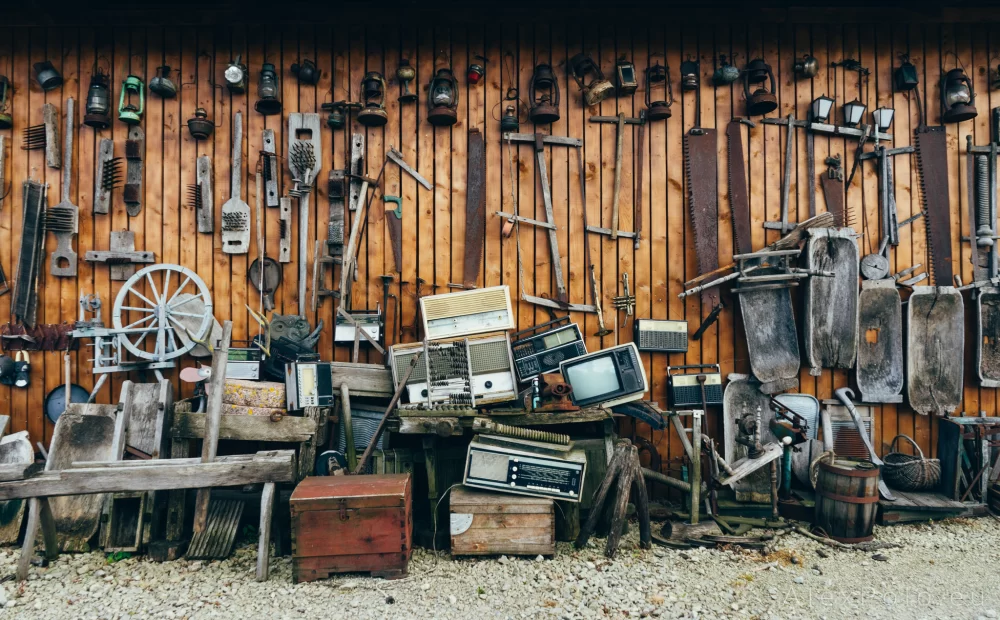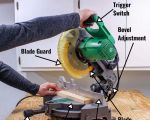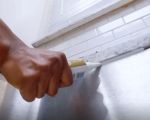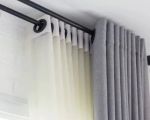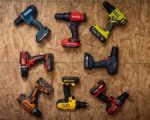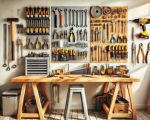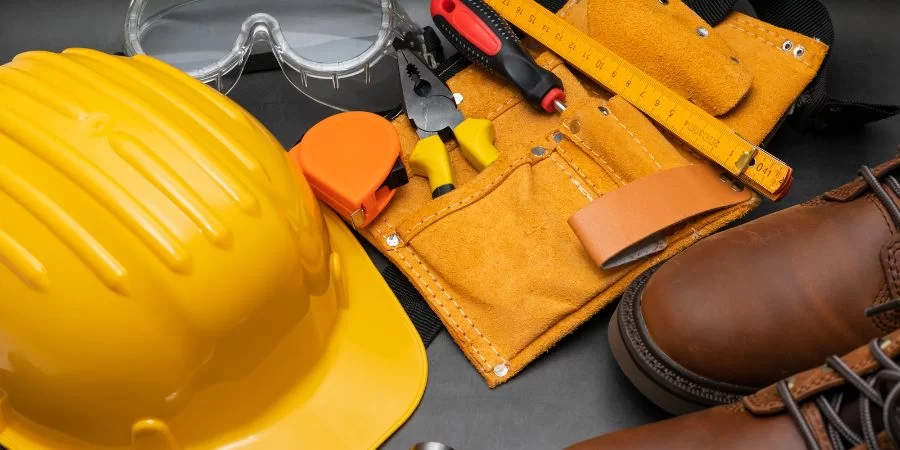
- understanding-the-importance-of-safety-gear-for-diy-projects
- core-types-of-safety-gear-and-their-specific-uses
- choosing-the-right-safety-gear-for-your-diy-projects
- real-life-examples-demonstrating-the-importance-of-protective-equipment
- where-to-find-quality-safety-gear
1. Understanding the Importance of Safety Gear for DIY Projects
DIY projects are a fantastic way to express creativity, save money, and improve your living space. However, many underestimate the risks involved when working with tools, chemicals, or heavy materials. Accidents can happen quickly, from simple cuts to serious injuries that may require medical attention. This is why investing in the best safety gear for DIY projects isn’t just smart—it’s essential. Proper safety equipment minimizes hazards, ensuring you can complete your tasks efficiently and without harm.
Beyond physical protection, safety gear builds confidence and focus. When you know you are safeguarded, you can work more attentively, reducing the chances of mistakes. This balance between safety and productivity is key to successful DIY efforts, whether you’re a novice or an experienced handyman.
1.1 The Risks Involved in DIY Work
Home projects often involve power tools, sharp objects, dust, and chemicals. These elements pose threats such as flying debris damaging eyes, toxic fumes irritating respiratory tracts, or loud noises causing hearing loss. Awareness of these risks is the first step towards choosing suitable safety gear.
1.2 Why DIY Safety Equipment Matters
Wearing appropriate protective gear helps to prevent common injuries. For example, gloves guard against splinters, goggles shield eyes from dust and sparks, and masks filter harmful particles. Neglecting these precautions can turn a simple repair into a hospital visit, which is why the best safety gear for DIY projects should never be overlooked.
2. Core Types of Safety Gear and Their Specific Uses
To protect yourself effectively, understanding the function of different safety gear is vital. Here’s a detailed look at the primary categories and how each supports your DIY work.
2.1 Protective Eyewear
Safety goggles or glasses protect your eyes from sawdust, chemical splashes, and accidental tool slips. For example, when sanding wood or grinding metal, particles can fly at high speed, causing serious eye damage if unprotected.
2.2 Hand Protection
Durable gloves are crucial when handling rough materials or working with sharp tools. They prevent cuts, abrasions, and chemical burns. There are different gloves for various tasks: nitrile gloves for chemical resistance, leather gloves for heavy lifting, and cut-resistant gloves for blade handling.
2.3 Respiratory Masks
Masks filter out dust, fumes, and other airborne particles. Working with paints, solvents, or dust-heavy activities like drywall sanding demands a mask rated for particulate filtration. This protects your lungs and prevents respiratory issues.
2.4 Hearing Protection
Noise from power tools can cause hearing damage over time. Earplugs or earmuffs reduce noise exposure, helping to preserve your hearing health during prolonged use of drills, saws, or compressors.
2.5 Body Protection
Long-sleeve shirts, durable pants, and sometimes aprons protect skin from cuts, burns, or chemical spills. For heavy-duty projects, protective jackets or knee pads may be necessary for comfort and safety.
3. Choosing the Right Safety Gear for Your DIY Projects
Selecting the best safety gear for DIY projects involves more than picking the most expensive or popular products. Fit, material, certification, and project type all influence your choice.
3.1 Assessing the Project Requirements
Each DIY task has unique hazards. Painting requires a respirator; woodworking demands eye and hand protection; electrical work may require insulated gloves. Start by identifying the risks associated with your specific project.
3.2 Quality and Certification
Always opt for safety gear that meets recognized standards (e.g., ANSI, OSHA). Quality products provide reliable protection and durability, which cheaper alternatives often lack. For example, safety goggles with anti-fog coatings and impact resistance enhance comfort and performance.
3.3 Comfort and Fit
Uncomfortable or ill-fitting gear discourages consistent use. Try different brands or models to find equipment that fits snugly without restricting movement. Adjustable straps, breathable materials, and lightweight design contribute to better user experience.
4. Real-Life Examples Demonstrating the Importance of Protective Equipment
Stories from DIYers highlight how safety gear can be a game-changer. Consider the case of Mark, a woodworking enthusiast who was sanding a rough pine board without goggles. A sudden slip sent a small wood chip into his eye, causing intense pain and a trip to the emergency room. Mark admits that had he worn proper protective eyewear, this painful accident would have been completely avoidable.
Another case involves Sarah, who was repainting her kitchen cabinets with oil-based paint. Without a proper respirator, she developed severe headaches and dizziness from inhaling fumes. After switching to a certified respirator recommended by ToolNest, she could complete her projects safely and comfortably.
4.1 Lessons Learned from DIY Mishaps
These incidents remind us that the best safety gear for DIY projects is not an optional luxury but a necessity. Taking time to prepare properly protects your health and saves you from costly downtime and medical bills.
5. Where to Find Quality Safety Gear
Finding reliable safety gear that fits your needs and budget can be daunting. ToolNest offers a curated selection of the best safety equipment designed specifically for DIYers. Whether you need gloves, goggles, or respirators, ToolNest provides trusted products with expert guidance to help you make informed choices. Exploring such specialized platforms ensures you receive high-quality gear backed by genuine user reviews and professional recommendations.
5.1 Benefits of Shopping at Specialized Stores
Unlike general retailers, specialized stores like ToolNest focus on DIY and professional-grade products, often offering detailed specifications and customer support. This helps DIY enthusiasts select equipment that truly fits their projects and safety standards.
By prioritizing safety gear, you invest in your well-being and project success. Remember, every great DIY project starts with protecting yourself first.

